
Get news, updates, & event Info delivered right to your inbox:
What Makes A School “Green”?
Educating the next generation of environmental change-makers is an important strategy to help build a greener future. And around the world, green schools are leading the way with programs that are designed to prepare students to grow and live in more sustainable ways.
From building outdoor learning areas to using green building materials to developing extensive recycling programs and sustainable curriculums, every green school is unique. What they all have in common is that they educate with the future in mind, designing a learning experience for students that will prepare them to build a healthier, cleaner, more sustainable world.
Here Are 7 Eco Friendly Schools That Are Changing the World, One Student At A Time
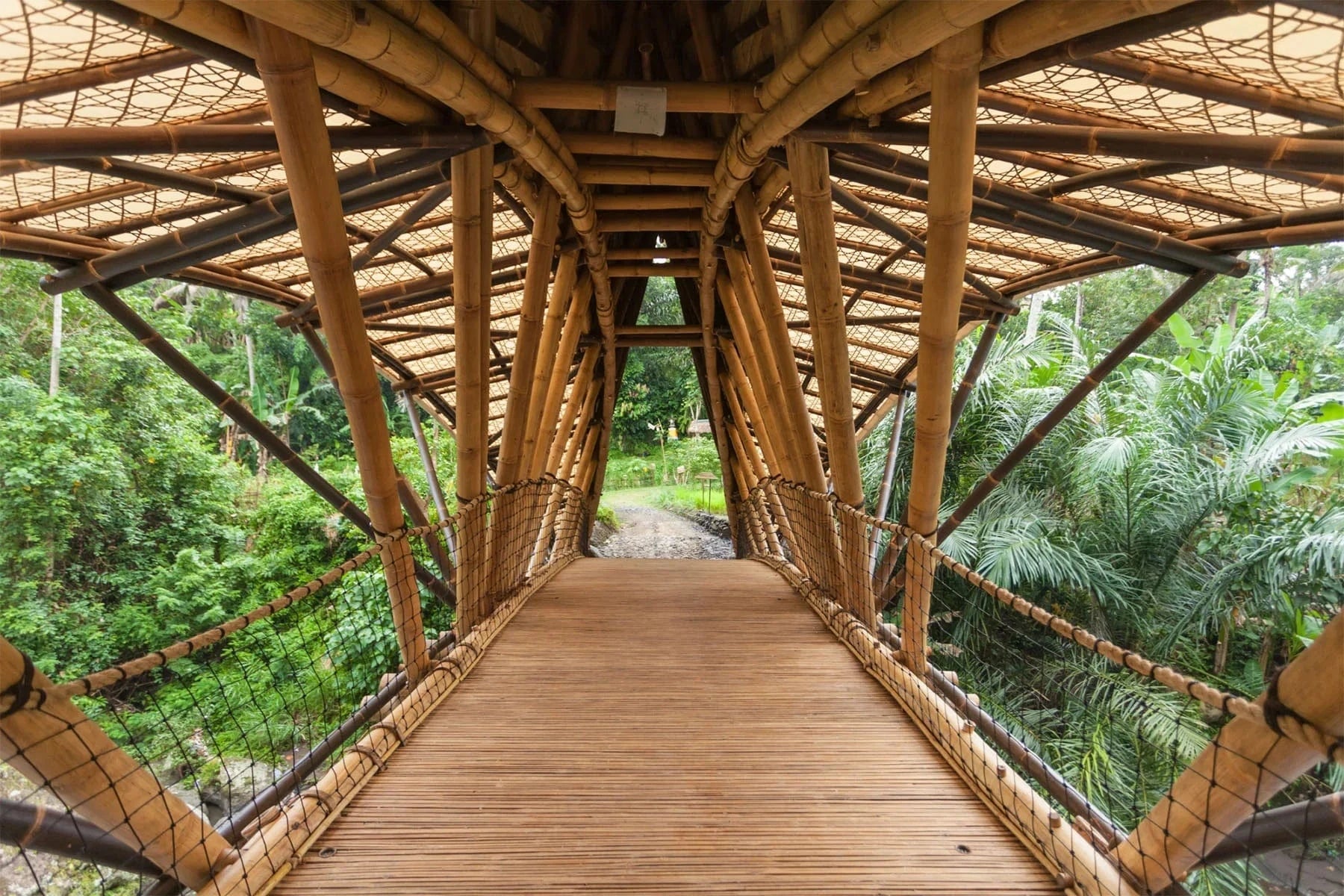
1. Green School Bali
Inspired by Alan Wagstaff’s “Three Springs” educational design concept, Green school Bali is a wall-less, action-based Pre K-12th grade school located amongst the jungles and rice fields of Bali. Built entirely out of bamboo, it's doors officially opened in 2008. Today, there are 3 more Green Schools located in Tulum, South Africa and New Zealand. Using a holistic, student-guided approach, they educate for sustainability, through community-integrated, entrepreneurial learning in a natural environment. Students focus on developing environmental solutions and taking action to make a real impact.
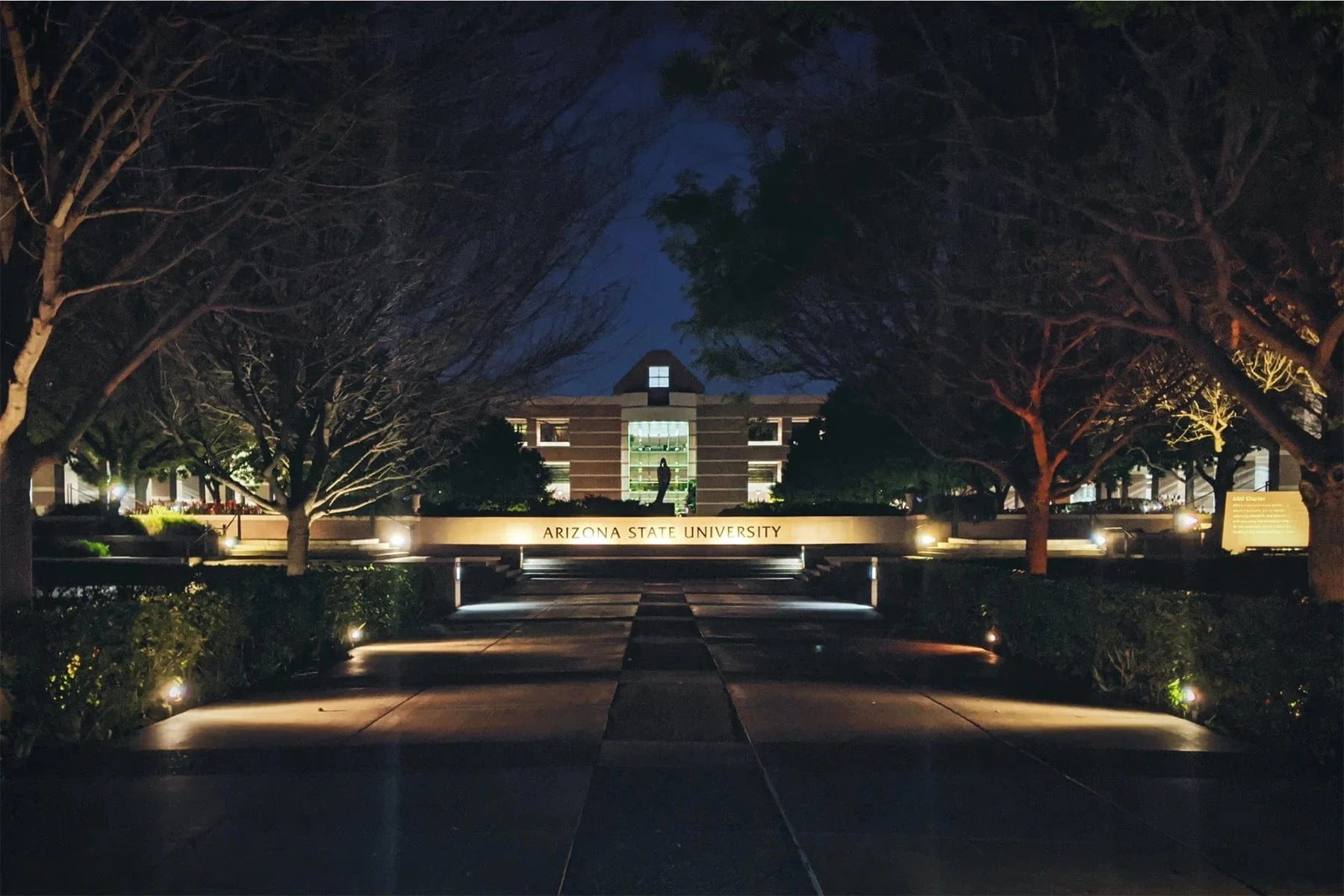
2. Arizona State University
Ranked #1 in the US for Sustainable Development Goal impact, ASU is at the forefront of sustainability and innovation for higher education in the US. Through countless initiatives, they're working to be an exceptionally environmentally conscious campus focused on addressing the climate change crisis. Their campus is a living laboratory for innovations in sustainability, and they're guided by 8 overarching sustainability goals: circular resources, climate positive, collaborative action, community success, food reconnection, optimized water, personal action, and resilience.
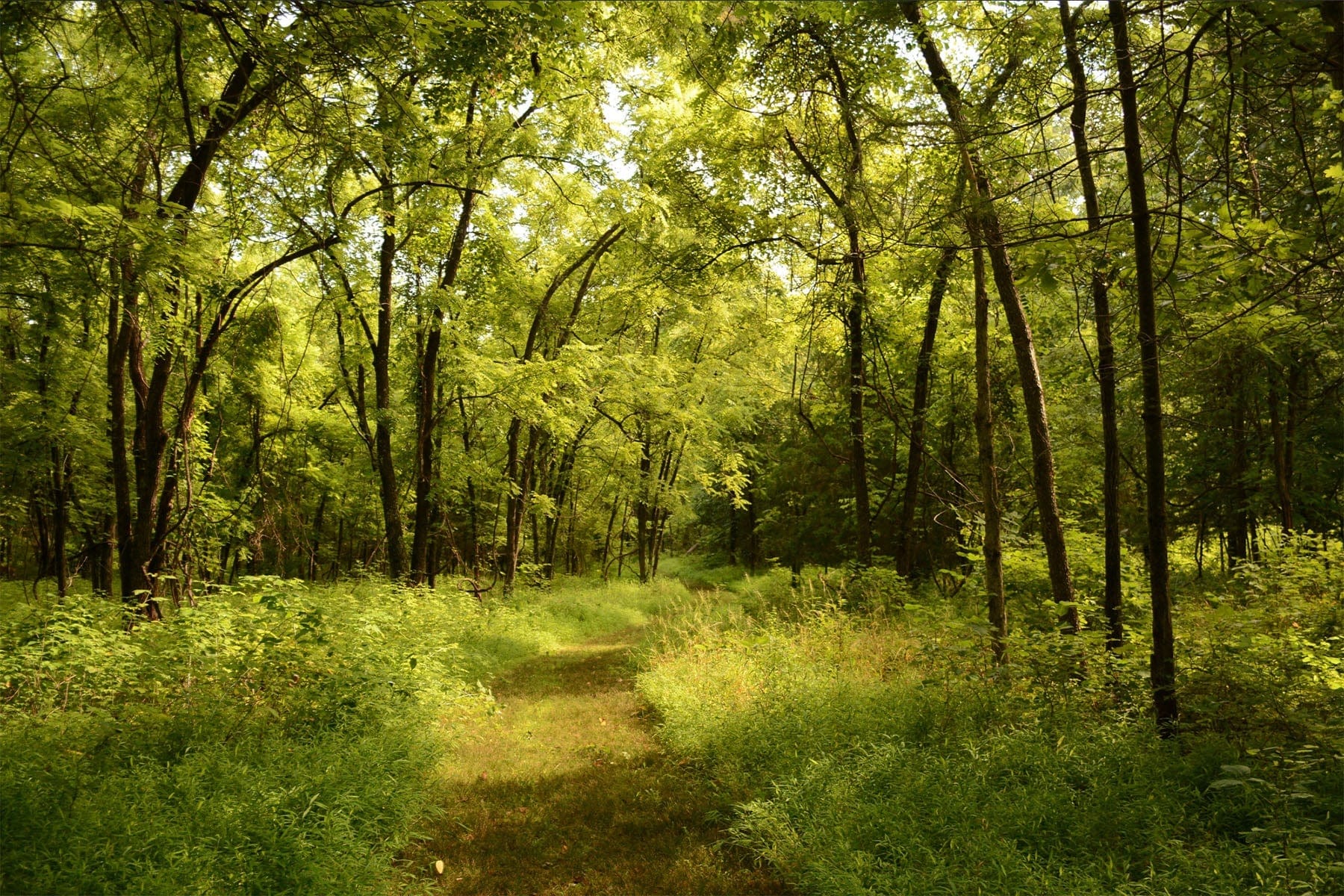
3. Manassas Park Elementary School
Located in Manassas, Virginia, Manassas Park Elementary School follows the philosophy that “nature is a place to play” — and they have a campus to support that. Their award winning campus was designed with the goal of providing access to fresh air, natural daylight and a connection to nature — all of which have been shown to improve student health and performance. As part of their curriculum, they work to cultivate environmental stewards in their community of teachers, learners and parents — and to foster a connection with the surrounding woodland and watershed.
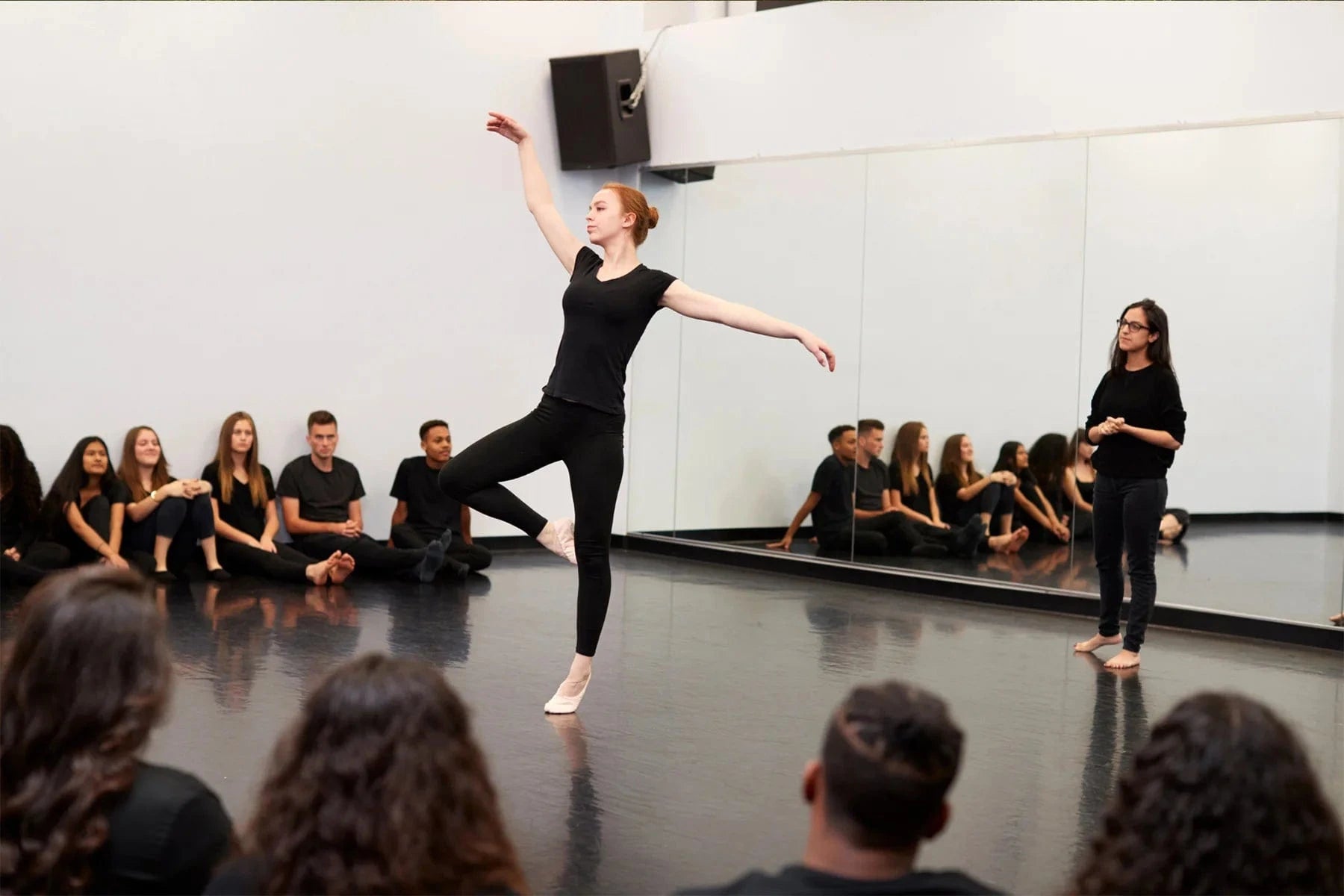
4. Kensington Creative and Performing Arts High School
Located in Philadelphia, Pennsylvania, the Kensington Creative and Performing Arts High School was designed with sustainability in mind. To achieve LEED Platinum Certification, they've incorporated a range of sustainable concepts, including on site water cycling, green roofs, geothermal HVAC and hot water systems, extensive daylighting, energy efficient building envelope and a revolutionary “recycled landscape”, which features demolition and found materials from the original building site.
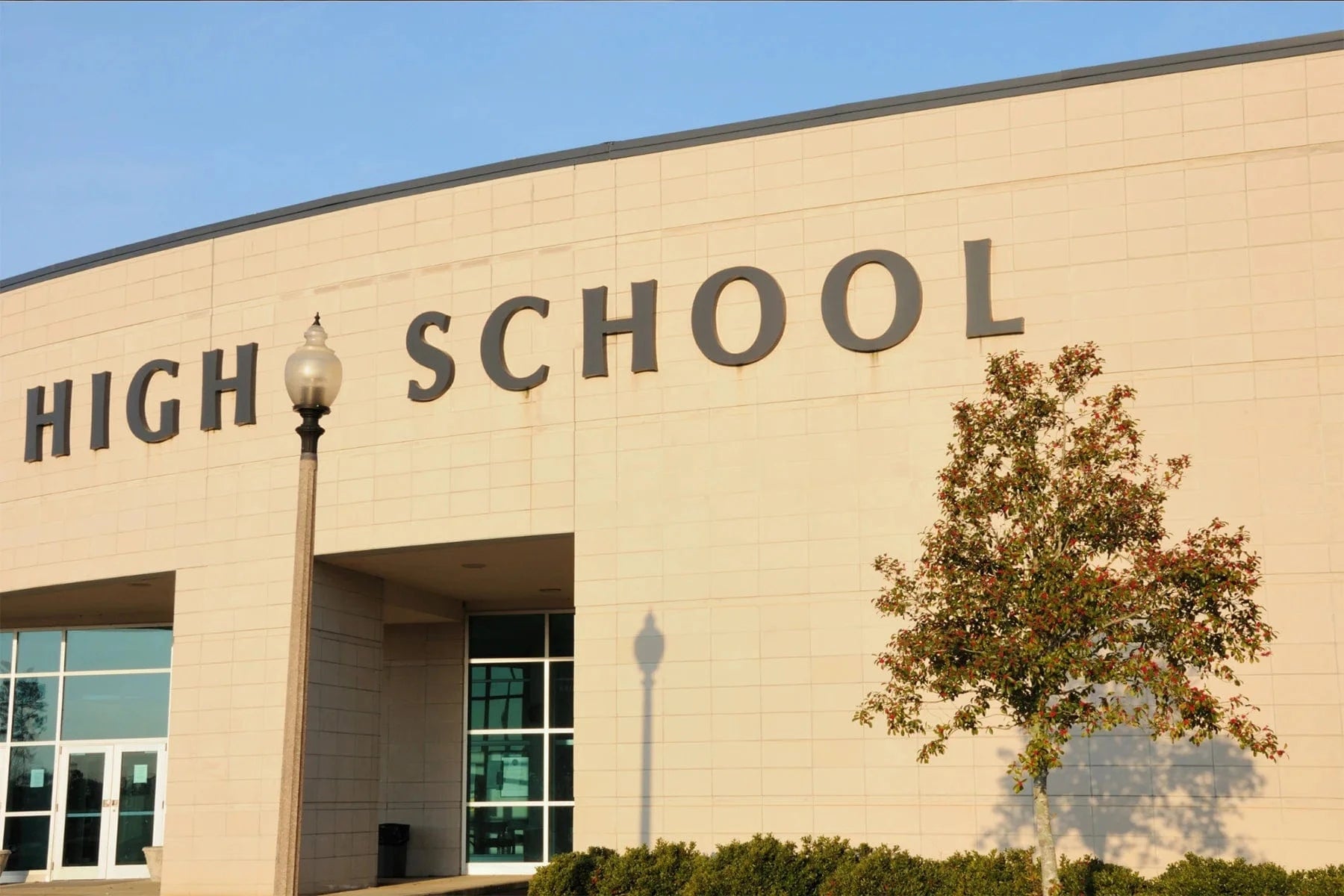
5. San Marcos High School
When the San Marcos school district needed to update their aging high school building, sustainability was top of mind. A landscaped quadrangle helps foster community and connects to outdoor teaching and informal student gathering spaces. Sustainability was imbued into every aspect the design, including natural daylighting and high-efficiency lighting and mechanical systems, a large rooftop photovoltaic array, recycled materials and high performance building envelopes, low-flow plumbing fixtures, efficient irrigation, native landscaping, storm water reclamation, and more!
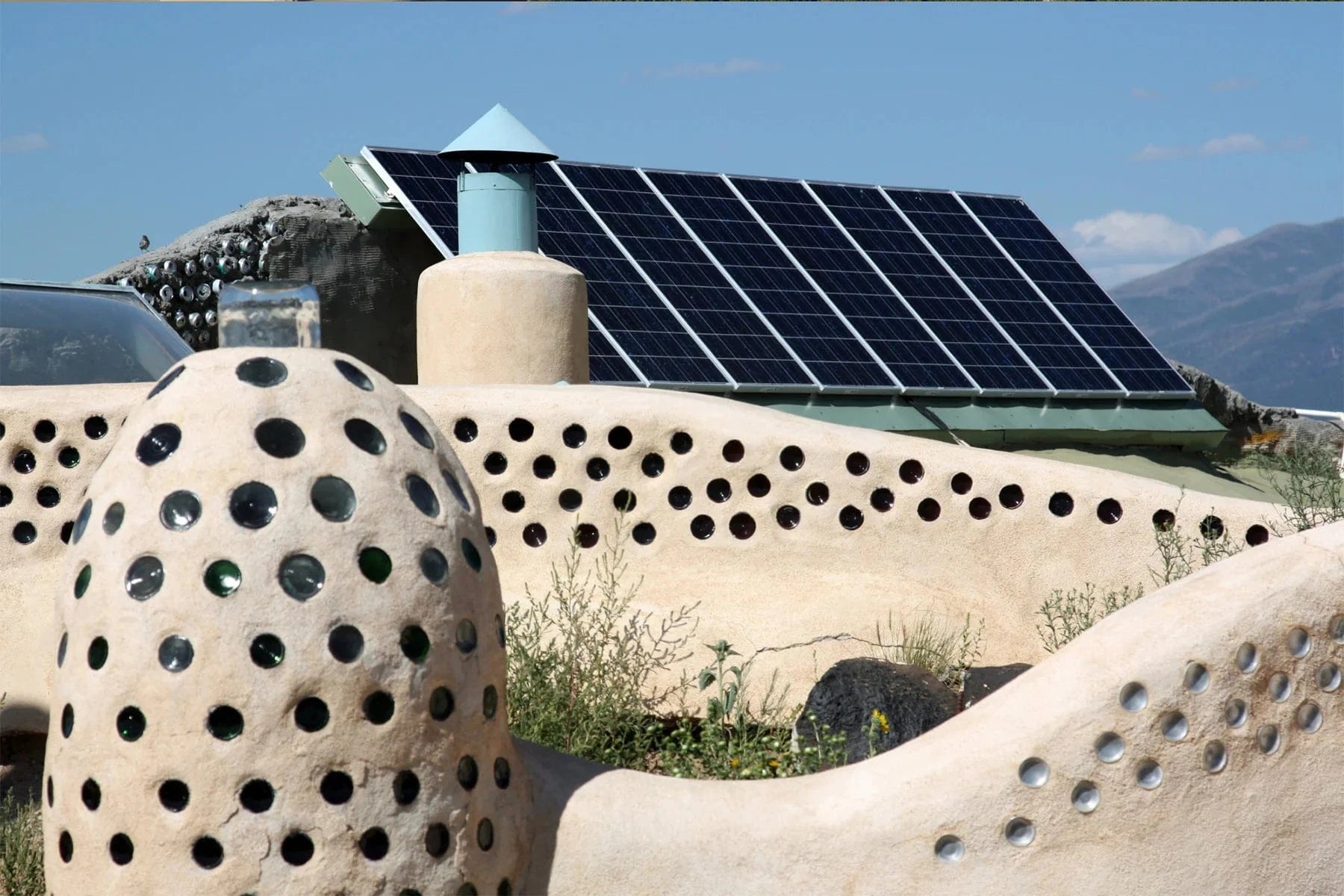
6. Somos Tagma
In Canelones, Uruguay, the first 100% sustainable public school in Latin America was built. The 270-square-meter building took just 7 weeks to build and used approximately 4,000 bottles and 8,000 cans. The structure is 100% powered by photovoltaic panels and has a collection and treatment system for rainwater, which is used for human consumption, irrigation, and cisterns. Its curriculum teaches students environmental responsibility, how to grow food organically, and the importance of properly recycling, reusing and disposing of waste.
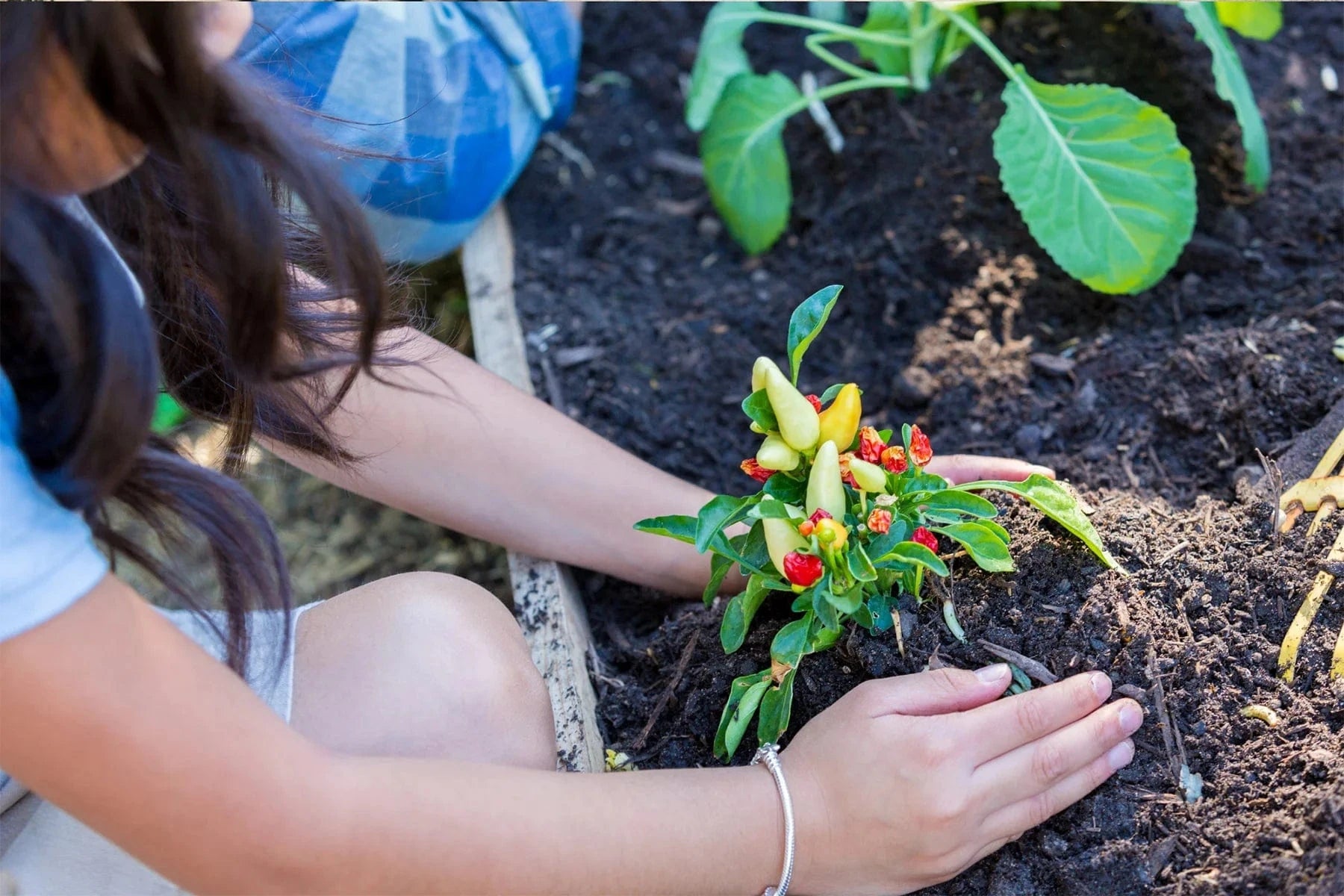
7. Coolbinia Primary School
Coolbinia Primary School works to provide students with the knowledge, skills and values they need to live sustainable lives. The curriculum includes a variety of programs focused on improving its eco footprint, including energy smart (installing solar panels and replacing kerosene lanterns with solar lanterns), waste wise (worm farming/composting and Nude Food lunches), water wise (tap/leak checks and using rainwater tanks), biodiversity (veggie gardens and tree planting) and travel smart (Fume Free Fridays and Walk Over October).
Educating the next generation about how to live sustainably is a vital part of building a greener future. We hope you're inspired by the eco schools that are making a difference, one student at at time.
At One Tree Planted, we're also dedicated to educating the next generation through our T.R.E.E.S. School Program, which brings environmental education into Grade School, High School and University programs and campuses with free lesson plans, activities and resources for teachers and students looking to incorporate sustainability into their classroom, learn how to participate with your school by visiting our Schools Page.
Get news, updates, & event Info delivered right to your inbox:
Related Posts
Why Trees Are Great Holiday Gifts
04/12/2025 by Meaghan Weeden
Real vs. Fake Christmas Trees: Which is Better For the Environment?
20/11/2025 by Meaghan Weeden
8 Reasons to be Grateful for Trees This Thanksgiving
18/11/2025 by Meaghan Weeden
Popular On One Tree Planted
What Causes Deforestation?
10/07/2025 by Meaghan Weeden
8 Amazing Bamboo Facts
14/01/2025 by Meaghan Weeden
Inspirational Quotes About Trees
09/01/2025 by Meaghan Weeden
Fundraising Disclosures

Be Part of the
Restoration Movement
The Grove is more than just a monthly giving program: it's a vibrant community of individuals who are dedicated to reforestation and environmental restoration on a global scale.
As a member of The Grove, you affirm your commitment to restoring forests, nurturing biodiversity, and fostering positive global change.





